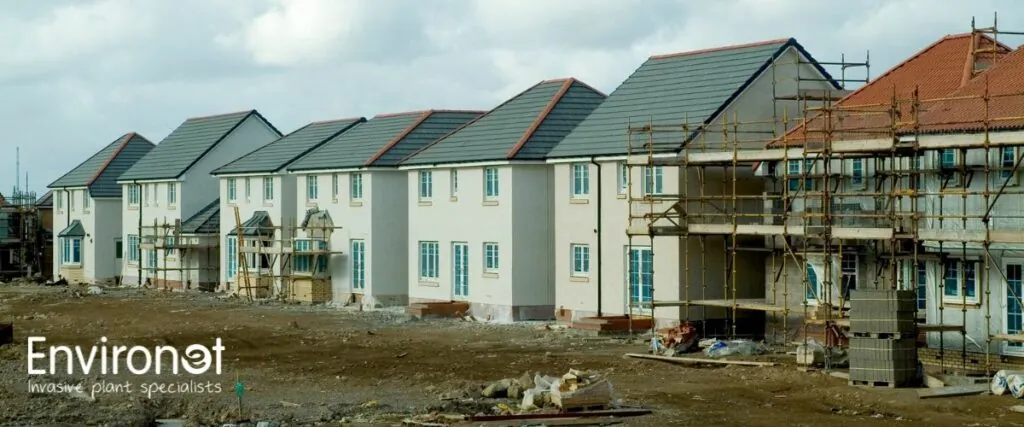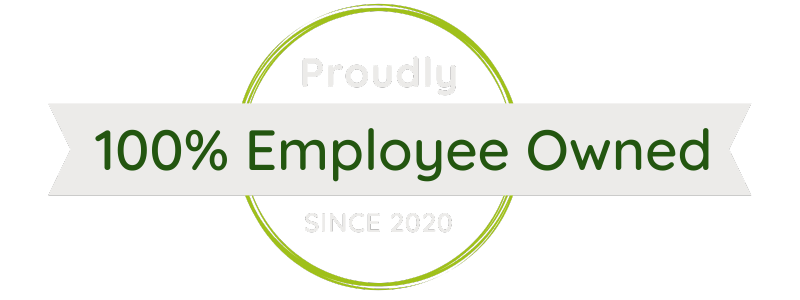Most people aren’t aware that buyers of new-build homes are being left exposed to greater risk from Japanese knotweed than people buying second-hand homes, as residential developers are not required to disclose whether the property is affected by the invasive plant unless asked directly.
Sellers of second-hand homes are required to complete the standard TA6 Law Society Property Information Form as part of the conveyancing process, which asks a direct question about whether the property is affected by knotweed. This means that if the seller provides false information, it paves the way for a ‘misrepresentation’ claim by the buyer to recover the cost of removing the plant and any resulting fall in the value of the property.
Residential developers, however, are not usually required to complete a TA6 form. But it’s in every buyer’s interest to establish if the land was treated for knotweed prior to or during construction works, particularly as developers often clear large brownfield sites where knotweed could be rife. Unless their solicitor asks the question as part of their additional enquiries, it’s quite possible that a buyer will not know the land was affected by knotweed and whether it was professionally treated with the benefit of an insurance-backed guarantee.
For further guidance and advice on mitigating knotweed risk on new home purchases, read our Complete Property Guide, or contact us today.



